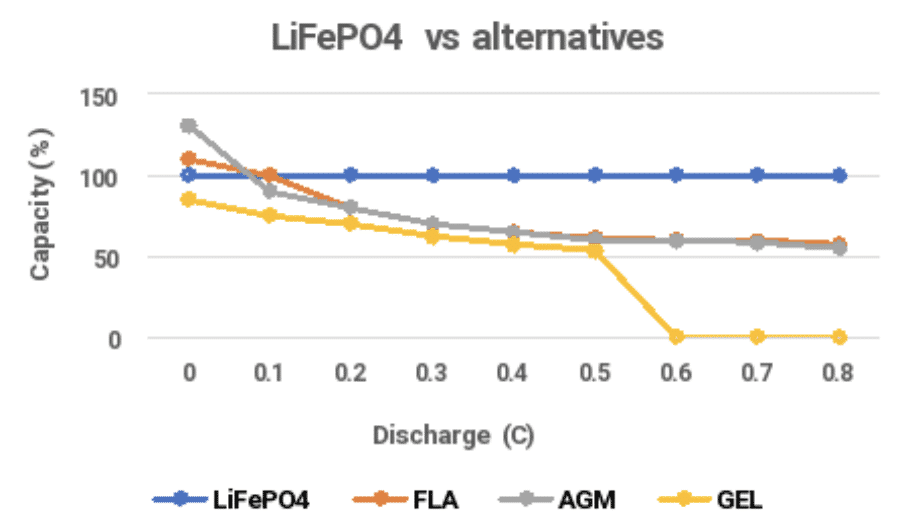Make sure to follow our journey via our social media channels. We are frequently adding new contributions so that you will be up-to-date. If you have any further questions, do not hesitate to send an e-mail or contact us directly via phone.
Products
Opening hours
- Monday-Friday: 8-18
- Saturday: 10-17
- Sunday: Closed

